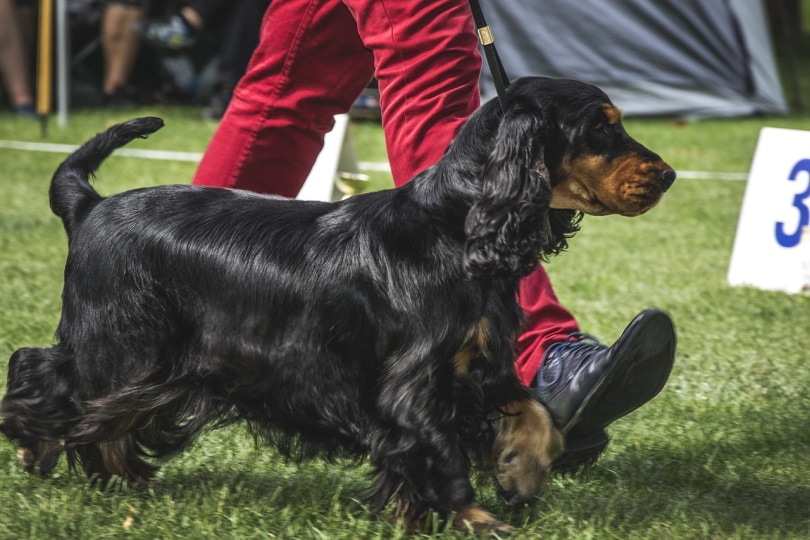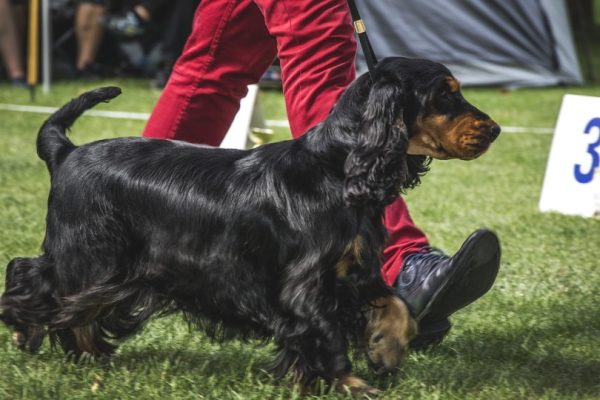Thanksgiving is a favorite holiday for many Americans. Not because you get to see family or stuff yourself with turkey, but because you know that’s when the National Dog Show is on TV.
Dog shows make for great television. You learn about the animals, watch as their humans care deeply about something that you don’t really understand, and, of course, look at adorable dogs. What’s not to love?
While many people watch the show yearly, most don’t know anything about the weird, wild, fantastic world of dog shows. Luckily for you, that’s all about to change, thanks to the information on this list.
The 14 Dog Show Facts
1. Dog Shows Have Been Around for a Long Time
In 1859, a cattle show was held in the English town of Newcastle upon Tyne. This was hardly unusual because cattle shows were common, but this one had a twist: After the show, groups of hunting dogs (largely pointers and setters) were shown, with the owner of the finest dogs receiving guns as prizes.
The idea was such a smashing success that at another cattle show later that year in Birmingham, they staged the dog show completely separate from the livestock show. Over 260 dogs were entered, representing 30 different breeds, and the modern dog show was born. In less than a decade, that dog show in Birmingham would draw 20,000 paying visitors yearly.
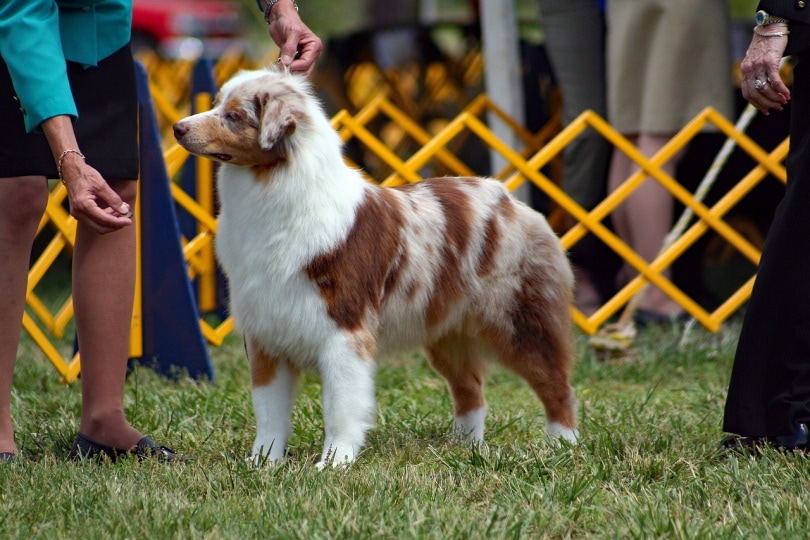
2. It Didn’t Take Long for Americans to Get in on the Fun as Well
It’s believed that the first dog show on U.S. soil was staged sometime in the 1870s in New York City. Like most things that have been created throughout history, it was designed to stop a group of men from arguing with one another.
Before shows were organized, sporting dog owners would gather and tell tales about the prowess of their dogs. These events would get quite heated because each owner would insist that their dog was the goodest boy of all. Eventually, there was a need to settle the debate once and for all, and the first dog show was born.
3. Most Dog Shows Are Divided Into Seven Categories
Those categories are herding, sporting, non-sporting, hound, toy, terrier, and working. Each group is full of different breeds that fit the category title. These dogs have all won “Best in Breed” at other dog shows and advanced to the national competition, where they will compete for “Best in Group” and (if they win “Best in Group”) eventually, “Best in Show”.
Not every breed is accepted into these shows, however, even if they fit in one of the seven categories. The list of accepted breeds will vary from year to year, with new ones being added all the time.

4. The Goal Is to Find the Dog That Best Fits Their Breed Standard
Each animal is judged according to the breed standard, which is the theoretical description of the ideal representation of the breed. The standard isn’t up to the judge’s discretion either, as the criteria are clearly written down beforehand.
So, if a Schnauzer beats a Rottweiler for “Best in Show”, it doesn’t necessarily mean that the Schnauzer is a better dog. It simply means that the Schnauzer comes closer to meeting all the characteristics that make up the breed standard (and there are many of them) than the Rottie does.
5. Each Animal Is Judged on 14 Different Attributes
What makes up a breed standard? There are 14 different qualities that judges are trained to look for. These include the size and shape of the dog’s head, the general structure of their tail, and the texture and length of their coat. Even the length and thickness of their whiskers are judged!
Also, have you ever wondered why the people showing the dogs have to run them around the ring? It’s so the judge can inspect the dog’s gait, one of the 14 attributes on which dogs are ranked. Dogs are expected to run in keeping with their breed, so Poodles should run proudly, Dobermans should look fierce and intimidating, etc.

6. Even With All Those Attributes, Judging Is Not an Exact Science
Even the Westminster Kennel Club’s own website admits that judging is ultimately a matter of opinion. After all, while the judges have clear rules as to what they’re judging on, it’s up to them to determine which dogs best represent those values.
Dog shows haven’t been without controversy either. Trouble started as soon as dog shows themselves began, as the winners of the 1859 Westminster Dog Show just happened to belong to the men judging the competition. How convenient!
7. It’s Not Always a Young Dog’s Game
You might expect younger pups to outperform older dogs in these competitions, and while that often happens, it’s far from certain. You can enter dogs of any age in most shows, and if they’re the best example of the breed standard, your older pup will take home the crown over all the young whippersnappers (and young Whippets).
In fact, the “Best in Show” winner at the 2009 Westminster Dog Show was a 10-year-old Sussex Spaniel. He was no spring chicken, but he was able to outpace all the younger competition on his way to victory.
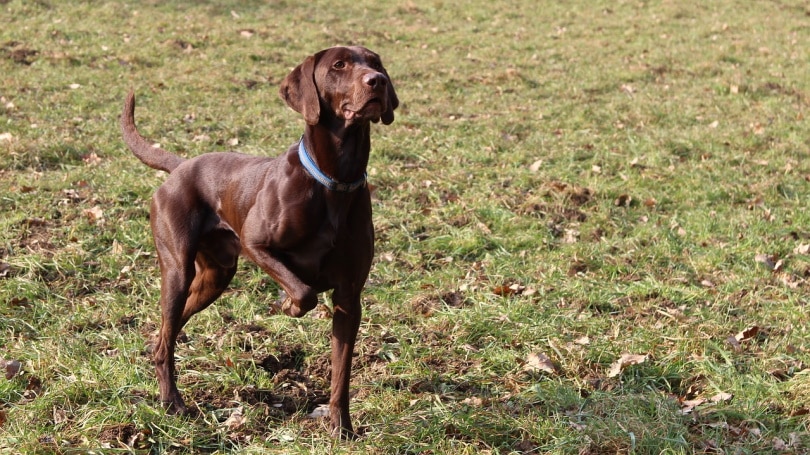
8. There Are Two Types of Shows: Benched and Unbenched
In an unbenched show, dogs only have to be present for the group that they’re competing in. Once that group is finished (assuming that the dog didn’t win), the animal and their handler are both free to go.
In benched shows, however, both the dog and their trusty human have to stay in the building until all competitions are finished. Each animal has an assigned bench, and while they don’t have to stay at that bench, they can’t go home until everyone else does. There aren’t many benched shows out there, but the biggest is the Westminster Kennel Club Show.
9. Not All Breeds Are Equally Good at Winning Dog Shows
There are plenty of breeds that have never taken home “Best in Show” at the famed Westminster Dog Show. These include fan-favorite breeds like the Great Dane, Golden Retriever, Labrador Retriever, Rottweiler, and Chihuahua.
Want to know which ones to bet on? Terriers are always smart picks, having taken home the top spot a whopping 34 times in the show’s history. Wire Fox Terriers are the best individual breed to put your money on, as they’ve won “Best in Show” 14 times, more than any other breed.

10. Showing Dogs Is Not a Cheap Hobby
Most people who show dogs do so as a hobby, but even so, it’s largely limited to those who can afford it. Buying a show-worthy dog can easily cost $5,000 or more, and then there’s the care that goes into making a champion: training, grooming, and a high-quality diet.
Entering contests is fairly cheap, as most are less than $100, but there are so many that those costs can add up. Some dogs enter as many as 15 shows a month, and many owners don’t stop there. Some advertise their dogs in trade magazines, hoping that doing so will give them a leg up at competition time, since most judges read the trades.
11. The People in the Ring With the Dogs Are Rarely the Owners
Most of the people whom you see showing the dogs are professional handlers. They’re hired by the owners to present their dogs in the best light (that’s another expense that you’ll have to pay—professional handlers can cost upward of $700 per show).
There are amateur handlers out there, but they’re not nearly as successful. One of the few non-pros to lead a dog to “Best in Show” was Trish Kanzler, who won in 1980 with her Siberian Husky, Ch. Innisfree’s Sierra Cinnar. What made the win all the more unlikely was that the dog was missing part of his ear—talk about an underdog story!
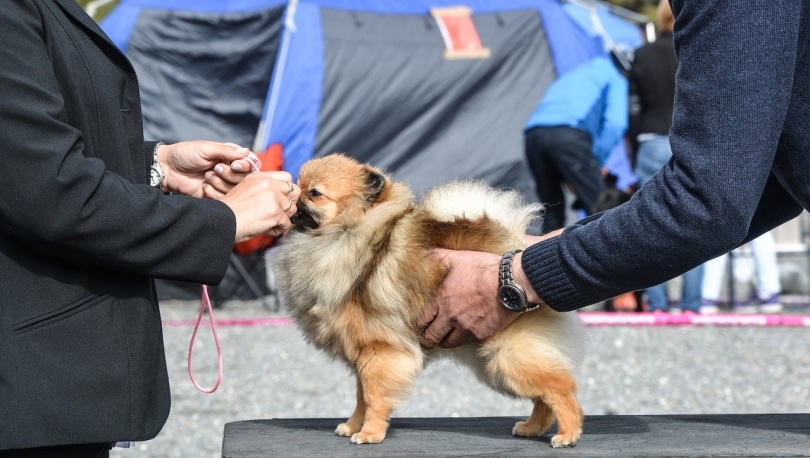
12. Breeders Often Serve as Co-Owners
Show-worthy dogs can be worth quite a bit of money, and breeders don’t relinquish control easily. In order to buy such an animal, you may have to sign a contract granting the breeder co-ownership rights.
There can be several reasons for this. Some breeders are protective of their dogs and want some say as to what the dogs are fed and how they’re trained, while others want breeding rights to the animal once their show career is over. A dog with a prize-winning pedigree is valuable, after all.
13. Dog Shows Aren’t Just Canine Beauty Pageants
Many people dismiss dog shows as being the equivalent of the Miss America pageant, but most people don’t make much money from participating in them. The prize pools aren’t that big, and the shows usually donate quite a bit of money to good causes, like the ASPCA.
Most dog shows have companion events that happen at the same time, such as agility competitions or obedience trials. These are designed to reward all dogs for their hard work and athleticism, not just those that conform to restrictive breed standards.
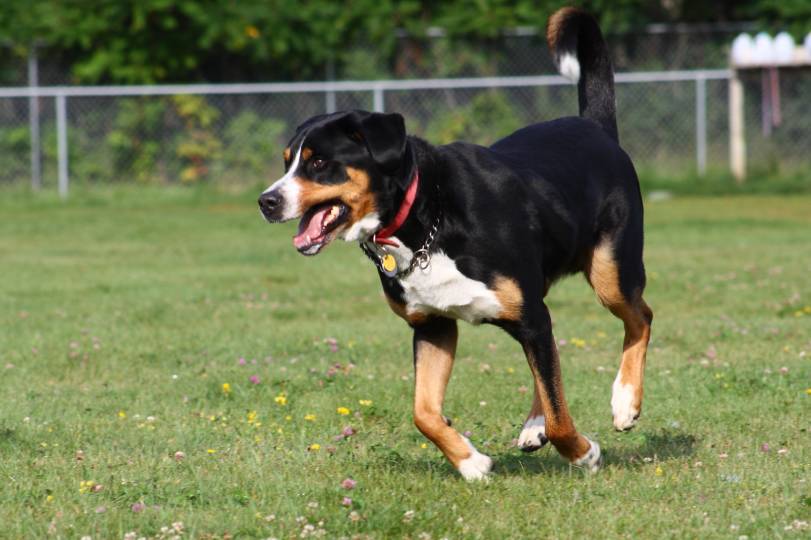
14. The Winner of the Westminster Dog Show Eats Like a Champion—for One Meal, Anyway
As per tradition, the winner of the Westminster Dog Show gets to eat a meal at Sardi’s, a world-famous gourmet restaurant in Manhattan. The dogs are allowed to order whatever they want, and they rarely need a doggy bag.
Given that Sardi’s is close to Broadway, it’s not unheard-of for the “Best in Show” champion to make an appearance at a theater after their meal. Their favorite show, of course, is “Cats.”
Is Your Dog Show-Worthy?
If you’ve been thinking about taking a shot at the dog show tour with your pup, give it careful consideration before you get started. Showing dogs is hard, expensive, thankless work, and it’s extremely unlikely that your pooch will ever hit it big.
Then again, showing your dog gives you plenty of opportunity to spend time with them, and that’s probably the biggest prize of all.
Featured Image Credit: Katrina_S, Pixabay
Contents
- The 14 Dog Show Facts
- 1. Dog Shows Have Been Around for a Long Time
- 2. It Didn’t Take Long for Americans to Get in on the Fun as Well
- 3. Most Dog Shows Are Divided Into Seven Categories
- 4. The Goal Is to Find the Dog That Best Fits Their Breed Standard
- 5. Each Animal Is Judged on 14 Different Attributes
- 6. Even With All Those Attributes, Judging Is Not an Exact Science
- 7. It’s Not Always a Young Dog’s Game
- 8. There Are Two Types of Shows: Benched and Unbenched
- 9. Not All Breeds Are Equally Good at Winning Dog Shows
- 10. Showing Dogs Is Not a Cheap Hobby
- 11. The People in the Ring With the Dogs Are Rarely the Owners
- 12. Breeders Often Serve as Co-Owners
- 13. Dog Shows Aren’t Just Canine Beauty Pageants
- 14. The Winner of the Westminster Dog Show Eats Like a Champion—for One Meal, Anyway
- Is Your Dog Show-Worthy?

